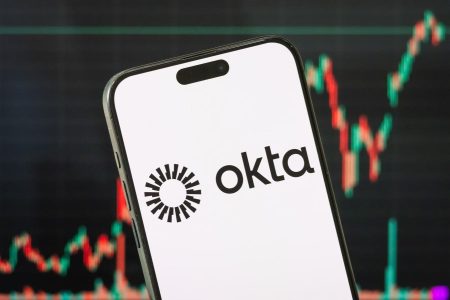Perspective: The Uncertainty in Sustainability Compliance
The world is grossly uncertain about the future of sustainability regulation, particularly amid the complex and rapidly evolving landscape of environmental deregulation. Companies, which have been investing vast resources into compliance initiatives, face a period of gray政权, where it is unclear what their future sustainability obligations actually will be. This uncertainty is compounded by the fact that many companies operate under a period of regulatory limbo, where it is not yet clear whether they align with corporate positions on sustainability or how their obligations will shape their stakeholders’ perceptions.
Focus on Materiality Assessments
At the heart of this uncertainty lies the Importance of Materiality Assessments. Materiality, defined as the degree to which a company’s information can influence or affect key business decisions, is essential for guiding sustainability reporting strategies. companies must conduct these assessments to identify the foundational issues that matter most to their operations and stakeholders. These assessments serve as a crucial starting point for transparency and alignment with strategic goals, helping companies distill the essence of their sustainability practices and decide which considerations should be included in their reports.
Looking Before the](
_sector Best Practices
During this gray period, companies must turn to industry best practices. For example, companies in the European Environmental Investment Fund (EEIF) have already published sustainability reports even as regulators are refining their frameworks. This peer comparison serves as a mirror, allowing stakeholders to see industry leaders and establish industry standards for transparency and fairness.
The PwC analysis revealed several key insights, highlighting that while standards are being developed, many reports remain inconsistent and not yet fully adopted by companies in select jurisdictions. Some reports, however, are comprehensive and aligned with the CSRD, showcasing that as more companies report, their practices will gain visibility.
The Bottom Line
The transition to compliance with sustainability standards is, for many businesses, a daunting task. It is precisely this insight that is crucial, as delayed or misaligned commitments are likely to exacerbate existing concerns. companies are now better positioned to align their practices with the prohibits by providing a strong foundation for decision-making. This shift is not about managing the duality of stakeholders’ perceptions but about fostering a commitment to transparency and informed, stakeholder-centric engagement.
As these regulations progress, it is not the time to delay. It is the time to dive deeply into their practices, refine their methodologies, and prioritize those issues that truly matter most to them. By doing so, companies can position themselves as leaders in sustainability, ensuring that their environmental and social responsibilities stay at the forefront of their decision-making. Such a shift will not only secure compliance but also solidify their position as trusted advisors to stakeholders, contributing to a broader movement towards a sustainable and ethical economy.










